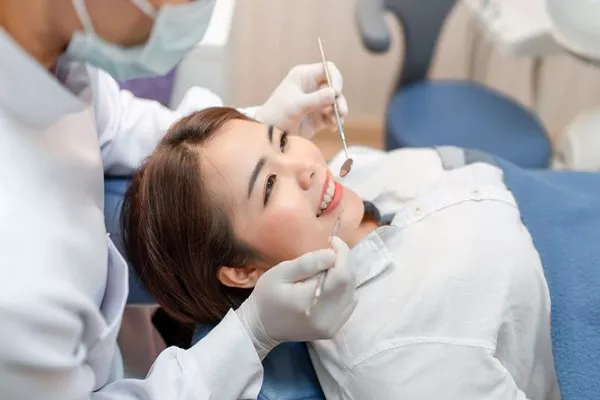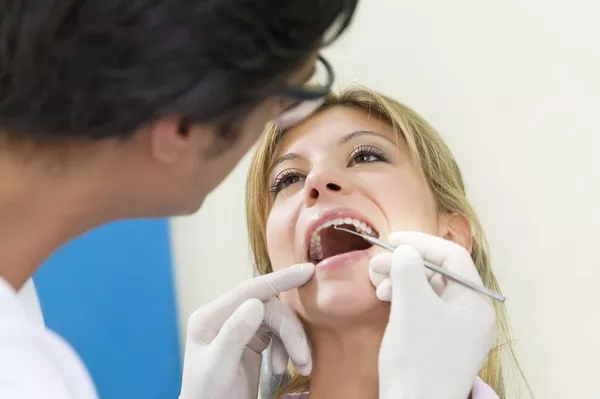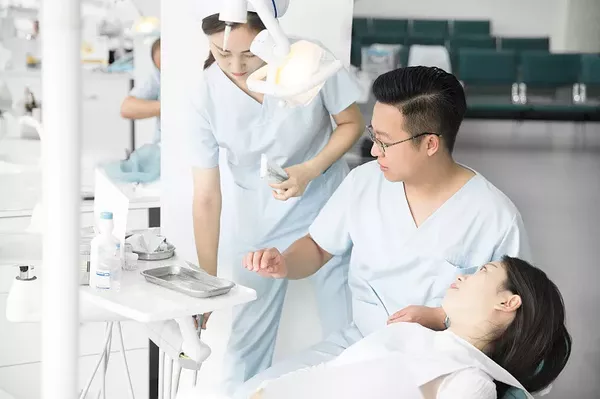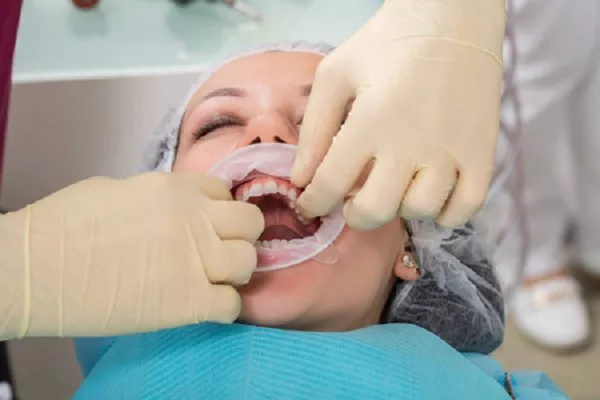Wisdom tooth removal is a common dental procedure, and post-operative care plays a crucial role in the recovery process. One common question that arises is when individuals can safely resume their regular oral hygiene practices, particularly brushing. In this article, we provide a comprehensive guide, breaking down the considerations and timelines for resuming brushing after wisdom teeth removal.
1. Immediate Post-Operative Period: The First 24 Hours
Avoiding Disturbing Blood Clots: In the initial 24 hours after wisdom tooth removal, it’s crucial to avoid activities that could disturb the formation of blood clots in the extraction sites.
Gentle Rinsing: Patients may be advised to perform gentle rinsing with a saline solution to keep the mouth clean without disrupting the blood clots.
2. Waiting Period: The Initial Days After Surgery
Patience is Key: During the first few days after wisdom tooth removal, the emphasis is on patience. Brushing is generally not recommended to prevent any irritation to the healing extraction sites.
Adhering to Post-Operative Instructions: Following the specific post-operative care instructions provided by the dentist is essential. These instructions may include guidelines on when to resume brushing.
3. Gradual Resumption: After the Initial Period
Consultation with the Dentist: The timeline for resuming brushing can vary based on individual cases and the dentist’s recommendations. It’s advisable to consult with the dentist during follow-up appointments for personalized guidance.
Gradual Resumption: In many cases, individuals can begin to resume gentle brushing after the initial healing period, typically within the first few days to a week after the procedure.
4. Choosing the Right Tools: Soft and Gentle
Opting for Soft-Bristled Brushes: When the time comes to resume brushing, it’s important to choose a toothbrush with soft bristles. This helps prevent any unnecessary irritation to the sensitive healing tissues.
Gentle Brushing Technique: Adopting a gentle brushing technique is equally crucial. Patients should avoid applying excessive pressure to the extraction sites and focus on thorough yet soft cleaning.
5. Areas to Avoid: Being Mindful of Extraction Sites
Careful Around Extraction Sites: When brushing resumes, individuals should be especially careful around the extraction sites. Gentle and controlled movements help prevent any disruption to the healing process.
Avoiding Harsh Mouthwashes: Harsh or alcohol-based mouthwashes should also be avoided during the initial brushing stages to prevent additional irritation.
6. Incorporating Rinsing: Supporting Oral Hygiene
Rinsing with Saline Solution: In addition to brushing, patients may be advised to continue rinsing with a saline solution during the early stages of resuming oral hygiene practices. This aids in maintaining cleanliness without causing harm.
Hydration and Oral Health: Staying hydrated contributes to overall oral health. Drinking water helps flush out debris and bacteria and supports the body’s natural healing processes.
7. Signs to Watch for: Monitoring Oral Health
Increased Sensitivity or Discomfort: While resuming brushing, individuals should monitor for any signs of increased sensitivity or discomfort. If such symptoms persist, it’s essential to seek guidance from the dentist.
Scheduled Follow-Up Appointments: Adhering to scheduled follow-up appointments allows the dentist to assess the overall healing progress and provide any necessary adjustments to the oral care routine.
Conclusion: A Balanced Approach to Oral Care
Resuming brushing after wisdom tooth removal is a gradual process that requires a balanced and mindful approach. Patients should prioritize adherence to post-operative instructions, consult with their dentist for personalized guidance, and gradually reintegrate oral hygiene practices into their routine.
By choosing the right tools, being mindful of extraction sites, and incorporating gentle brushing techniques, individuals can contribute to a smooth recovery. The key lies in patience, communication with the dental care team, and a commitment to maintaining optimal oral hygiene for long-term well-being.
In conclusion, the journey to resuming brushing after wisdom tooth removal is a personalized one, and with careful attention and informed decisions, individuals can navigate this aspect of post-operative care with confidence.
How to heal wisdom teeth faster?
How long does a wisdom teeth consultation take?
Understanding the Duration of Wisdom Teeth Surgery: A Comprehensive Guide






























